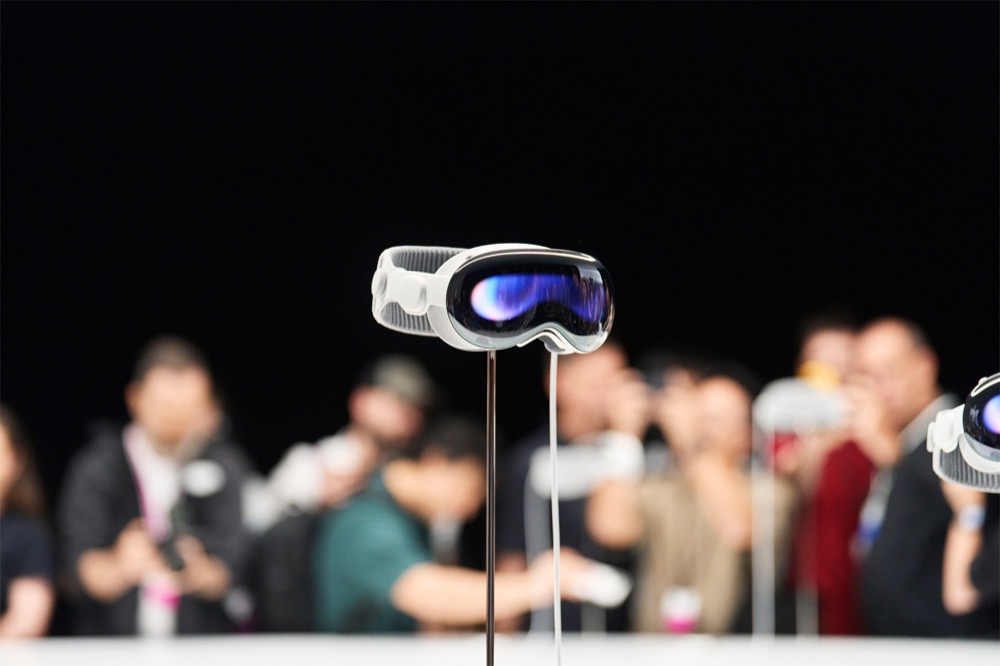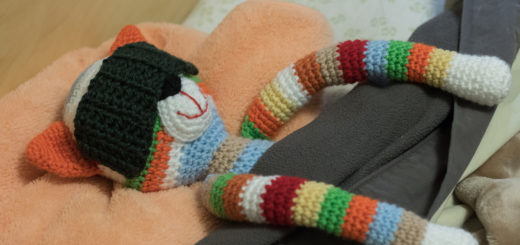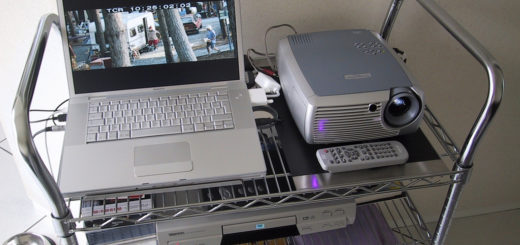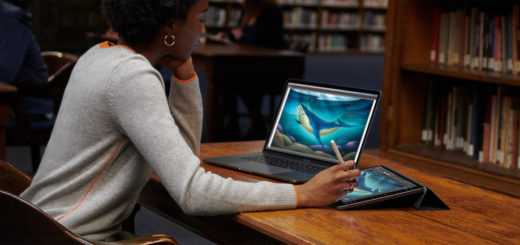12+ things we learned about Apple Vision Pro this week

Apple has now shipped new software tools and technologies developers can use to build apps for the Apple Vision Pro.
While it isn’t expected to ship until next year and the development environment is itself unfinished, developers have been taking a look at the software to find out what they can. Here are 12+ things we learned about Vision Pro this week.
Control surfaces
Apple’s device will let developers create virtual controls that appear anywhere in a user’s physical space. A developer can choose a surface in the headset’s field of view and then place an app, so it appears to be on that surface. Users will then become able to interact with that controller using touch. This could include keyboards, and I suppose could also extend to virtualized HomeKit device interactions.
Okay – wow!
I am now a visionOS expert, thank you! @thetaskapp is going to so beautiful on visionOS ❤️ https://t.co/rZ83VMRAGh pic.twitter.com/gkvSDDZqTY— Mustafa Yusuf (@mufasaYC) June 22, 2023
Visual Search
One compelling feature within Vision Pro is the capacity to identify items, to copy printed text, translation and more, thanks to the Visual Search features you already find in iPhones. You will be able to look at an item to get more information about it. You’ll also have at-a-glance currency and conversion tools.
Move things about
You move any active window in virtual space using the bottom bar, if during a move a window touches another app they dim. There is a button to hide all the other apps and also a familiar resize tool. You can move windows wherever you wish within your 3D space.
[Also read: How to use eyes and gestures to control Vision Pro]
Apple is still building
Apple has thousands of people across the company tasked with building new apps for Vision Pro. One of these teams is building workout apps, including yoga, indoor cycling, and additional components such as sweat masks for intense workouts. It is also really easy to port iOS apps to the new system, though these will appear in a floating window.
https://twitter.com/Siilver777/status/1671625873936580610?s=20
Don’t move too fast
Sensors inside the goggles will be able to detect when the wearer is moving too fast. In the event they are doing so the goggles will stop working or offer a pester message to slow down. These are likely designed to prevent use of the goggles while driving, and to help prevent accidents while wearing them.
Don’t get too close
System messages such as “You’re too close to an object” and “Move Back” are in place within the system to protect users from accidental collisions with surrounding walls and furniture when wearing Vision Pro.
There’s a travel mode
The Travel Mode lets you use the device while in flight. It also limits some of the device sensors, which helps reduce false signals and presumably some network signals are also reduced.
But no AirPlay (yet)
You can’t currently use AirPlay on the Vision Pro. Nor are App Clips or widgets supported. This may well change by the time the product ships.
I can't lie, I'm really impressed with visionOS so far🤯.
This is me using my Timetable app on the platform. I really can't describe the feeling. I am so happy with the initial results and can't wait to continue improving the app. pic.twitter.com/5ZCiMTlCNY
— Collins Cheruiyot (@cherucole) June 22, 2023
There is a Guest mode
Vision Pro has a Guest Mode (which they should think about introducing in iPhones). In this mode it’s possible to use the device without authentication, though personal data such as photos and passwords remains hidden.
Vision Pro Developer Kit
As anticipated there will be a Vision Pro Developer Kit which will be made available in small quantities starting in July. Apple will also open developer labs in Cupertino, London, Munich, Shanghai, Singapore, and Tokyo for application testing.
Developer tools
Developers will be able to build Vision Pro apps using tools they already know, such as Xcode, SwiftUI, RealityKit, ARKit, and TestFlight. There is also Reality Composer Pro, which will let them preview 3D models, animations, images, and sounds.
App Store for Vision Pro
The Vision Pro hasn’t yet shipped, but Apple has now added visionOS support to App Store Connect, which means developers will be able to submit apps for the device to the App Store.
Fun on Figma
Apple has also released a VisionOS design kit for Figma. Designers and app makers use Figma to prototype designs for new websites, apps, and software. Assets available there include UI components, views, system interfaces, text styles, color styles, and materials.
One Mac desktop
Vision Pro permits use of just one viewable Mac desktop. In future the number of simultaneously supported Mac desktop windows will increase.
There are some problems
Internal testing shows that some people are subject to motion sickness from extended use of the device, while others complain at the weight of these things.
Accessories? Of course…
There will be Vision Pro accessories, we think. One of these may be an over the head strap to help comfortably wear the glasses for longer periods, others may include external battery packs.
More models are coming.
As expected, Apple is developing both a more advanced high-end model and also a lower-cost Vision Pro.
Please follow me on Mastodon, or join me in the AppleHolic’s bar & grill and Apple Discussions groups on MeWe.



